AMD Radeon RX 9070 XT: In-Depth Review
For the last couple of generations, AMD has been fiercely competing with Nvidia at the high end of the graphics card market. However, with the launch of the AMD Radeon RX 9070 XT, Team Red has strategically shifted its focus from the ultra-high-end segment dominated by the RTX 5090 to creating the best graphics card for the majority of gamers—a goal it has unequivocally achieved.
The AMD Radeon RX 9070 XT, priced at $599, goes head-to-head with the $749 GeForce RTX 5070 Ti, positioning it as one of the top GPUs available today. What sets it apart is the inclusion of FSR 4, marking the first time AMD has brought AI upscaling to its graphics cards. This feature makes the Radeon RX 9070 XT the go-to choice for 4K gaming, especially for those who aren't ready to spend $1,999 on the RTX 5090.
Purchasing Guide
The AMD Radeon RX 9070 XT will be available starting March 6, with a base price of $599. Be aware that prices may vary, as third-party cards could be priced higher. Aim to purchase one for under $699 to get the best value.
AMD Radeon RX 9070 XT – Photos

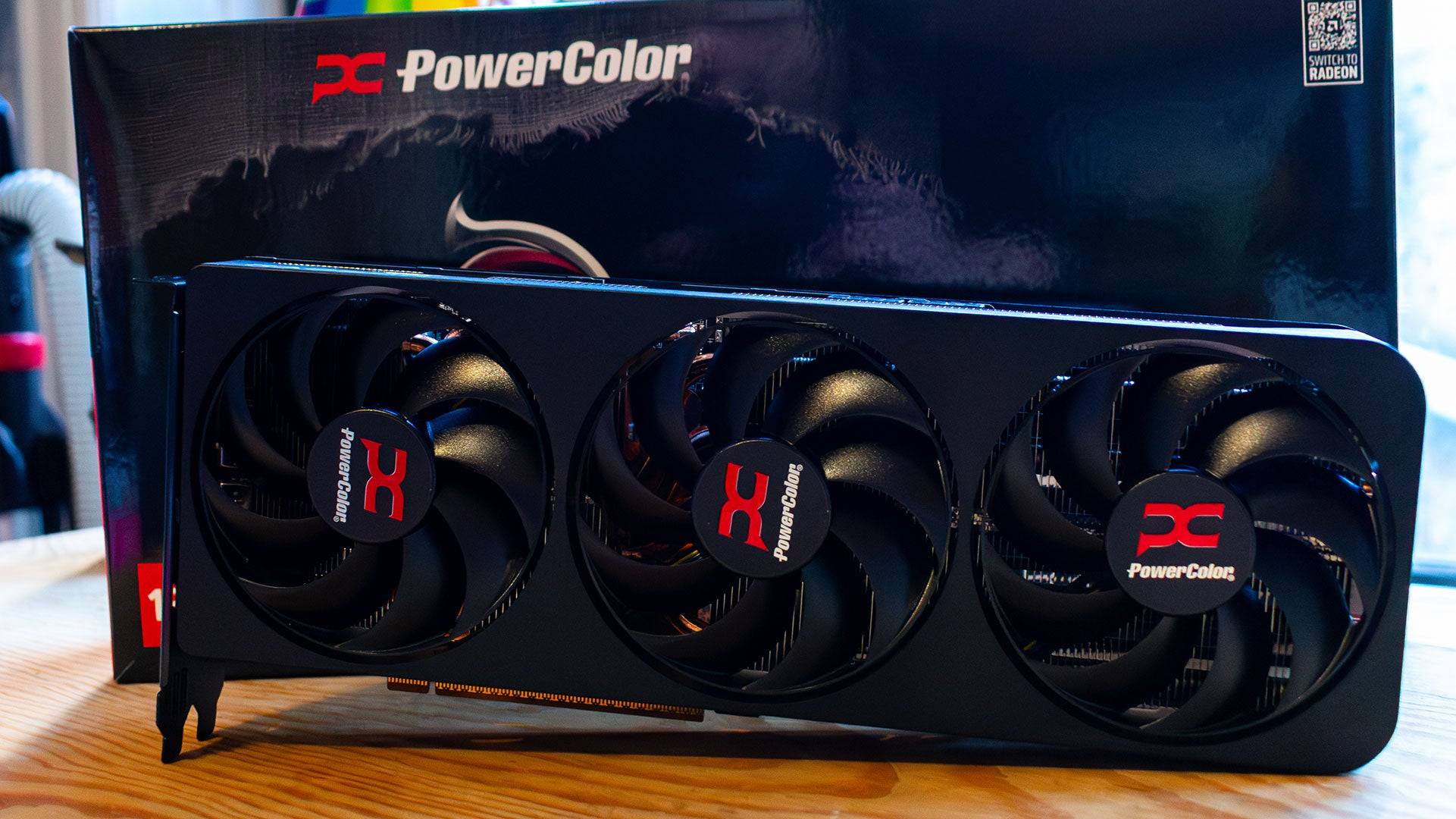 4 Images
4 Images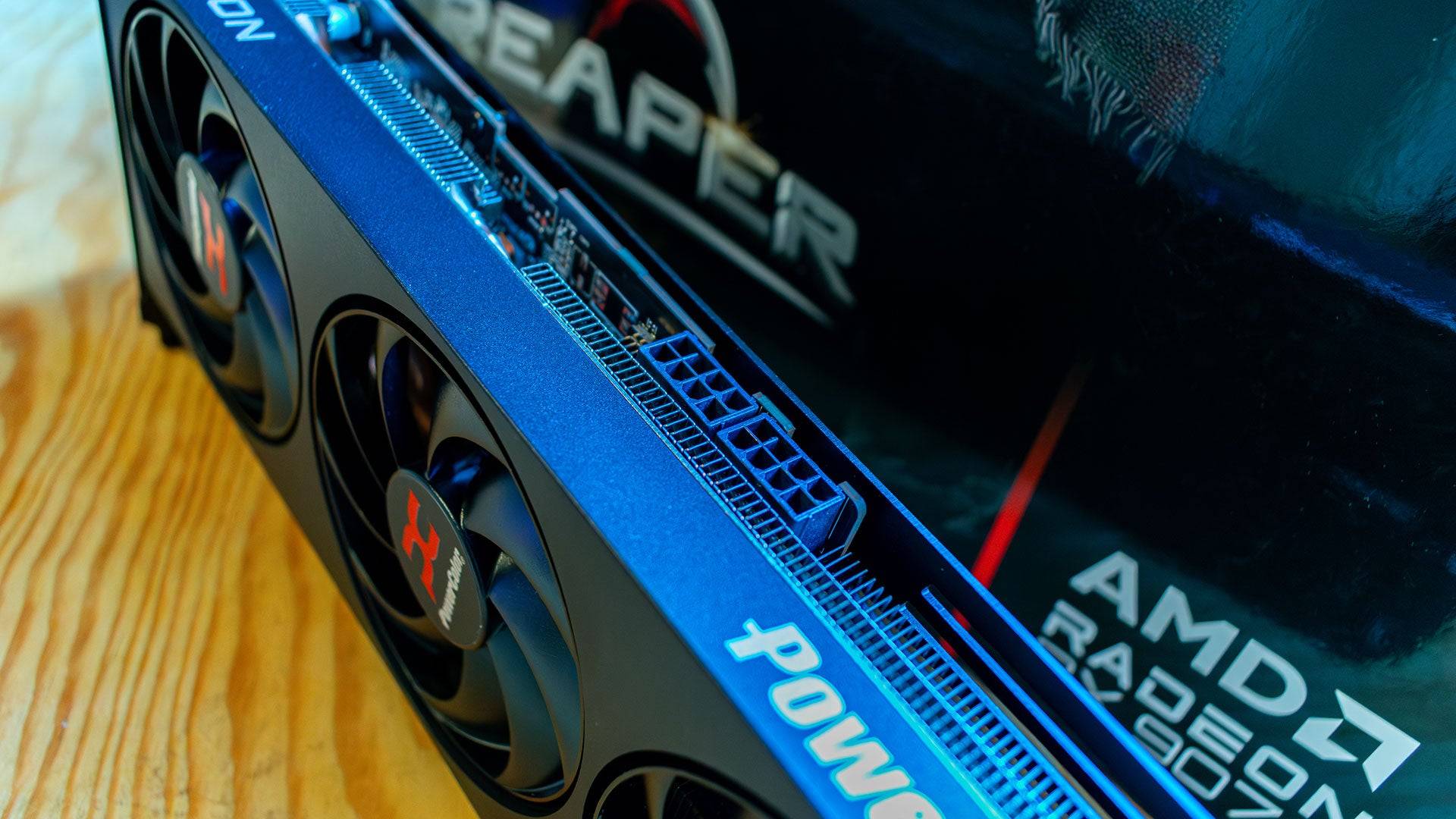
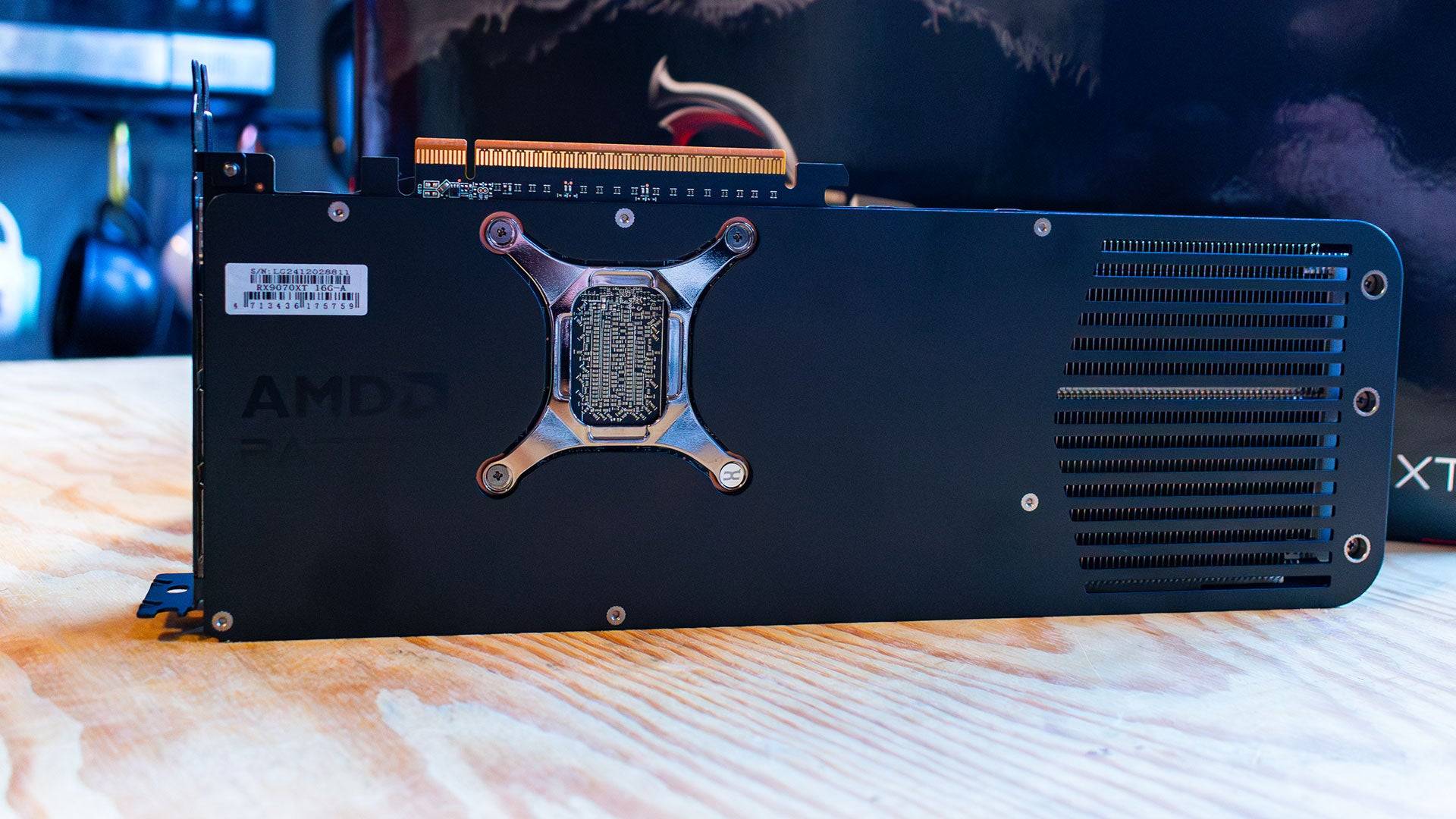
Specs and Features
Built on the RDNA 4 architecture, the AMD Radeon RX 9070 XT showcases significant enhancements in its shader cores, but the real highlight is the integration of new RT and AI Accelerators. The AI Accelerators drive FidelityFX Super Resolution 4 (FSR 4), introducing AI upscaling to AMD's lineup for the first time. While FSR 4 may not boost frame rates beyond what FSR 3.1 offers, it significantly enhances image quality. For those prioritizing performance, the Adrenalin software provides an easy toggle to disable FSR 4.
AMD's improvements to the shader cores have resulted in better performance per core. Despite having fewer Compute Units (64) than its predecessor, the Radeon RX 7900 XT (84), the 9070 XT delivers a notable generational performance increase at a more affordable price. Each Compute Unit contains 64 Streaming Multiprocessors, totaling 4,096, alongside 64 ray accelerators and 128 AI accelerators.
The RX 9070 XT comes with 16GB of GDDR6 memory on a 256-bit bus, a reduction from the RX 7900 XT's 20GB on a 320-bit bus. This represents a compromise in both capacity and bandwidth, yet it remains sufficient for most 4K gaming scenarios. The new architecture is more power-efficient, but the RX 9070 XT's power budget is slightly higher at 304W compared to the 7900 XT's 300W. In testing, the 9070 XT's peak power consumption was lower than the 7900 XT's, hitting 306W versus 314W.
Cooling the RX 9070 XT should be straightforward with its standard power budget. Notably, AMD isn't releasing a reference design for this model, meaning buyers will depend on third-party manufacturers. The Powercolor Radeon RX 9070 XT Reaper, with its compact triple-fan design, maintained temperatures at 72°C during testing.
The card requires two 8-pin PCI-E power connectors and comes with three DisplayPort 2.1a and one HDMI 2.1b port, in line with modern expectations. The addition of a USB-C port would have added flexibility, but its absence is not a major drawback.
FSR 4
For years, AMD has sought an AI upscaling solution to rival Nvidia's DLSS. The existing versions of FidelityFX Super Resolution suffered from ghosting and fuzziness. FSR 4, powered by the AI accelerators in the Compute Units, addresses these issues by analyzing previous frames and game engine data to upscale lower-resolution images to native resolution. While image quality improves over FSR 3, there's a slight performance hit.
In Call of Duty: Black Ops 6 at 4K Extreme settings, the RX 9070 XT achieved 134 fps with FSR 3.1 set to "Performance," dropping to 121 fps with FSR 4, representing a 10% performance loss but with enhanced image quality. In Monster Hunter Wilds, the performance dropped from 94 fps with FSR 3 and ray tracing to 78 fps with FSR 4—a 20% decrease. This performance hit is expected due to the more resource-intensive nature of AI upscaling, yet AMD believes the improved image quality justifies it, particularly for single-player games.
FSR 3.1 remains available for those who prefer it, and FSR 4 can be toggled off in the Adrenalin software if needed.
AMD Radeon RX 9070 XT & 9070 – Benchmarks
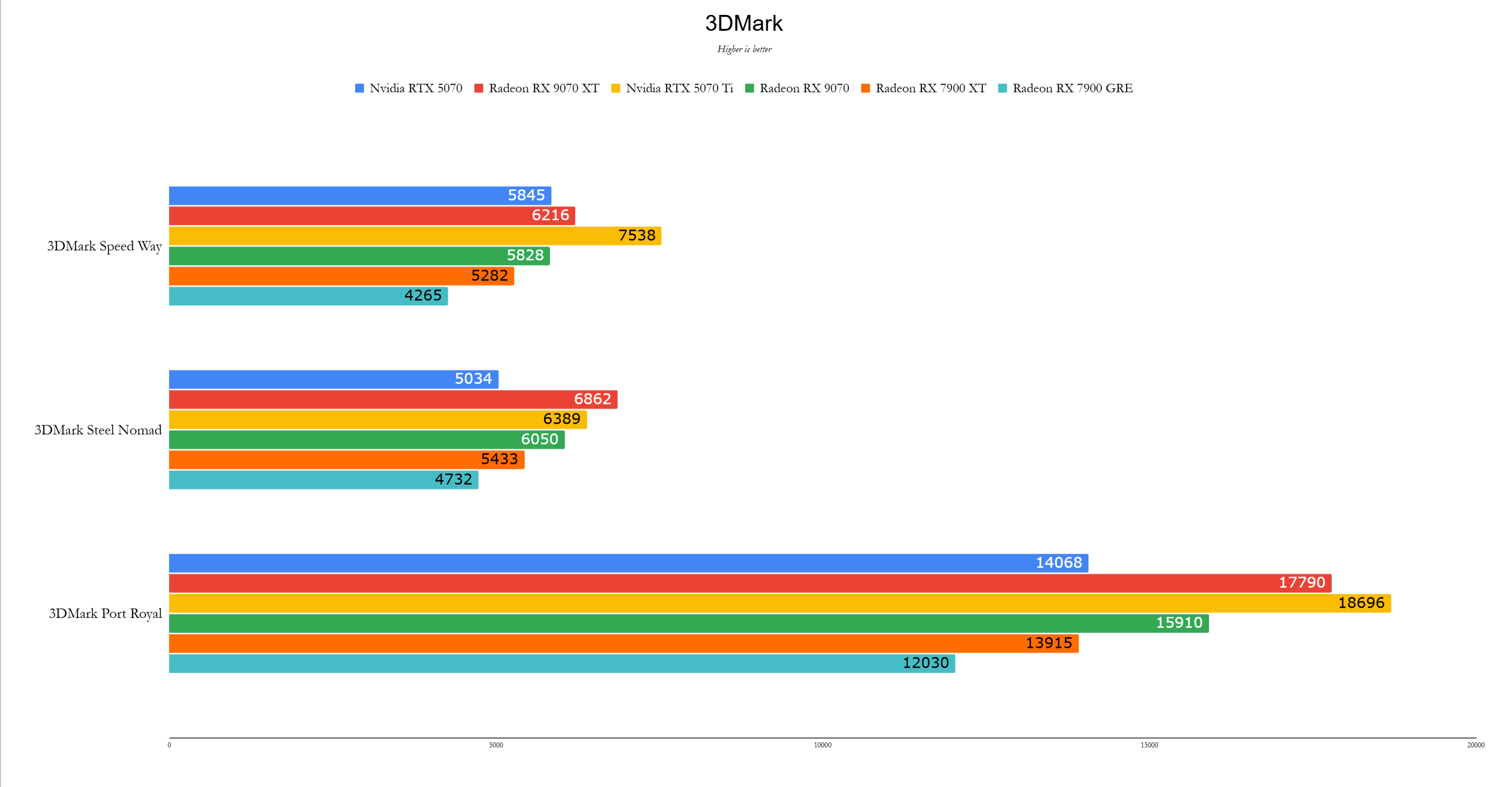
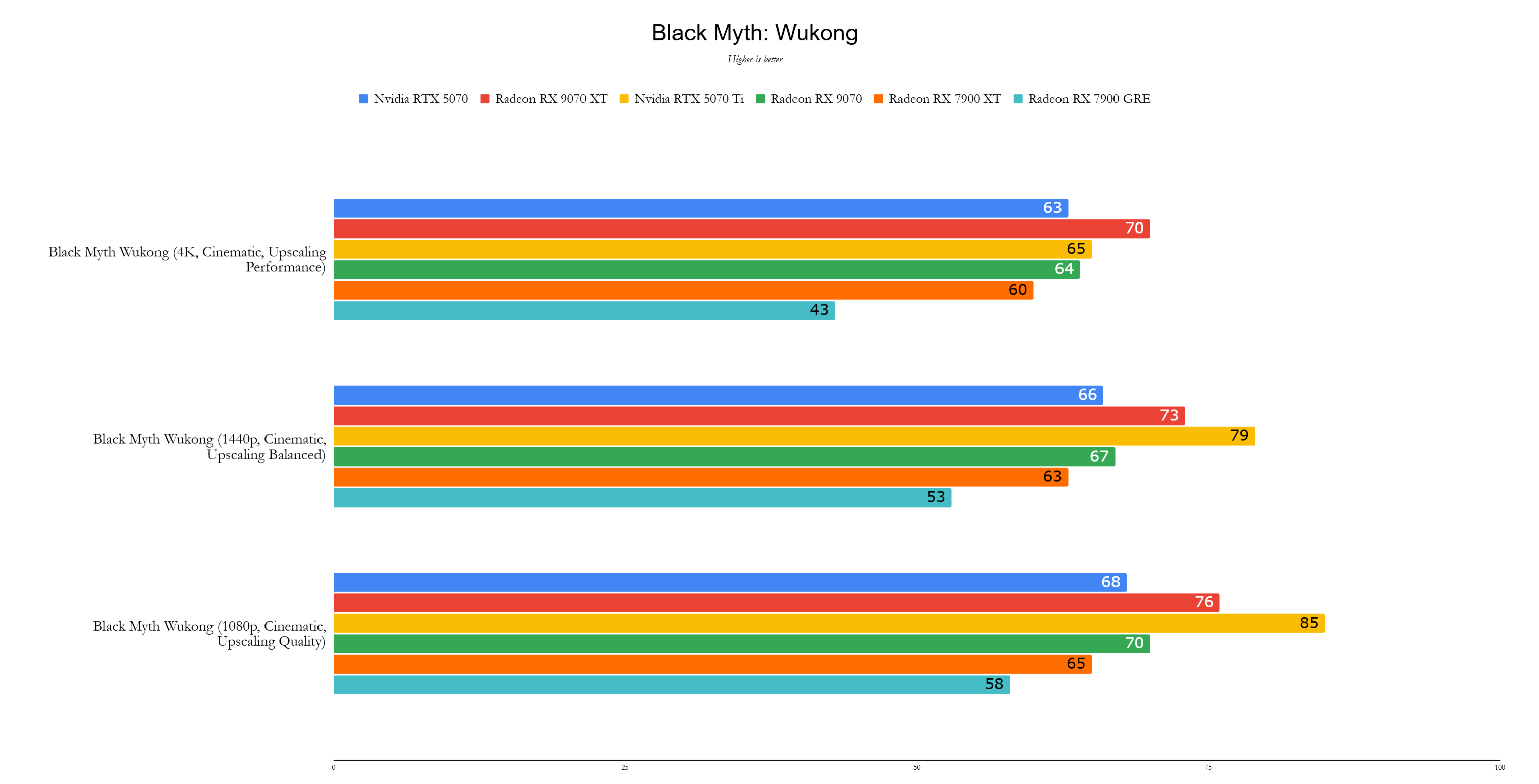 11 Images
11 Images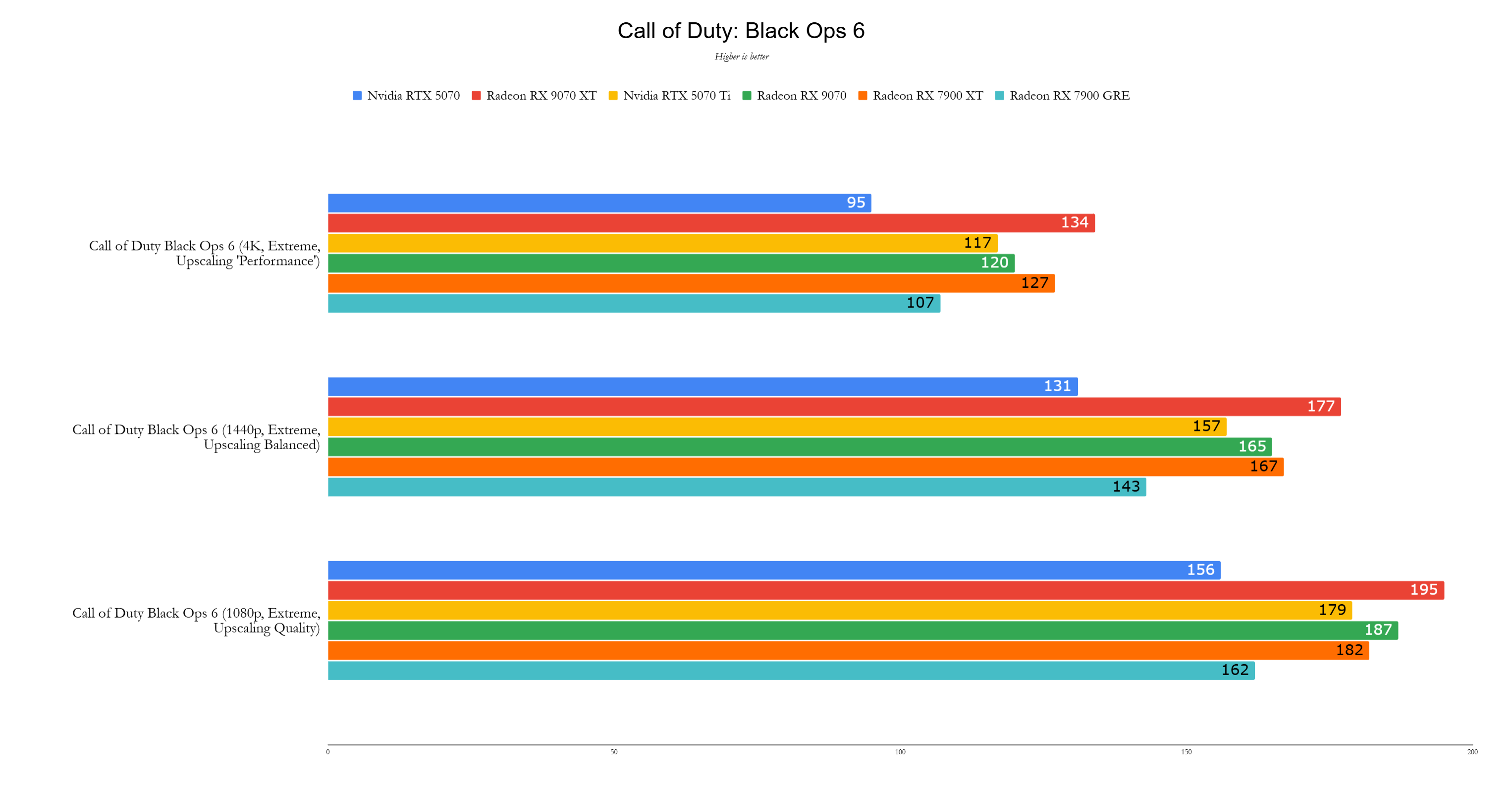
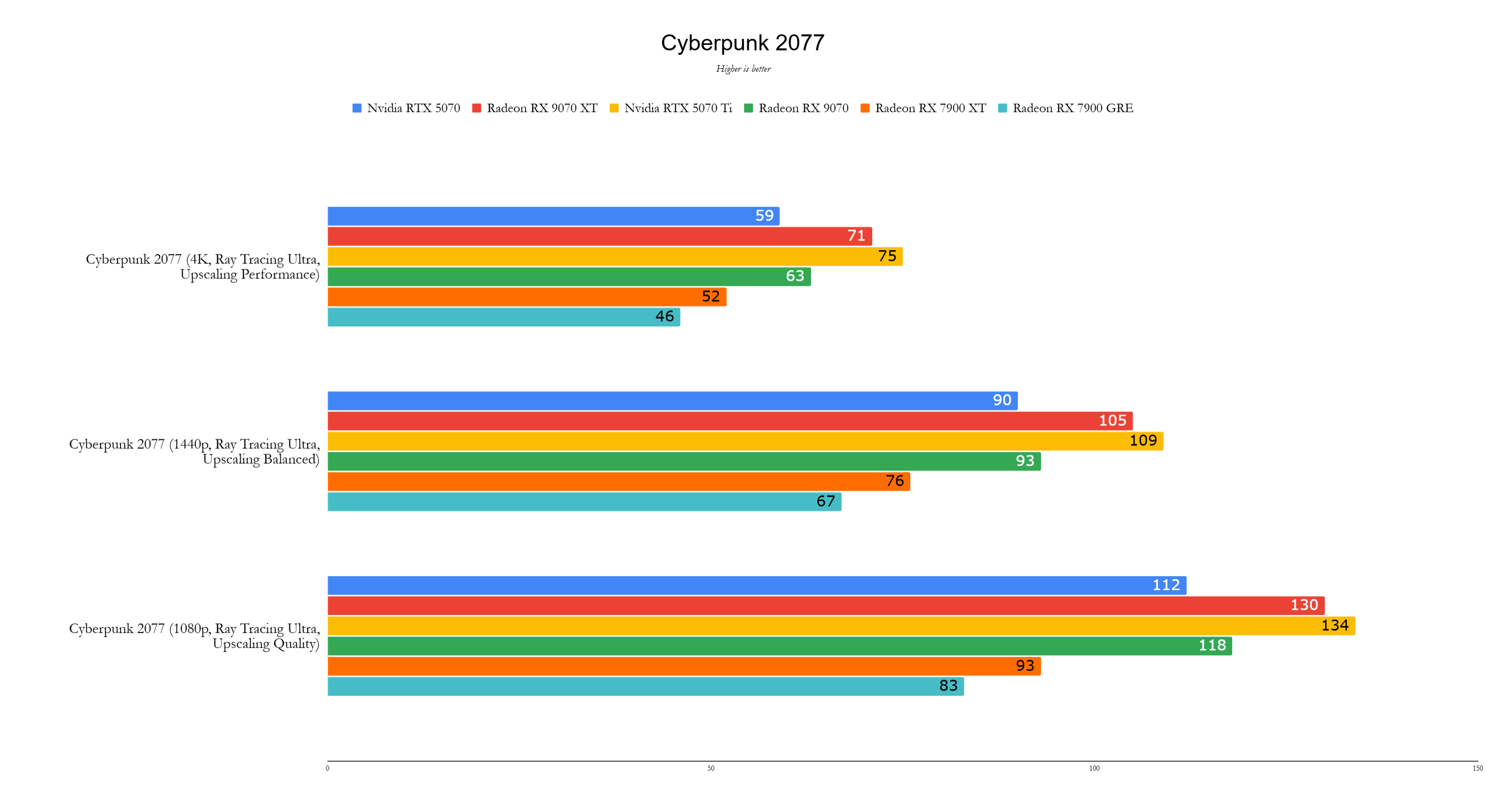
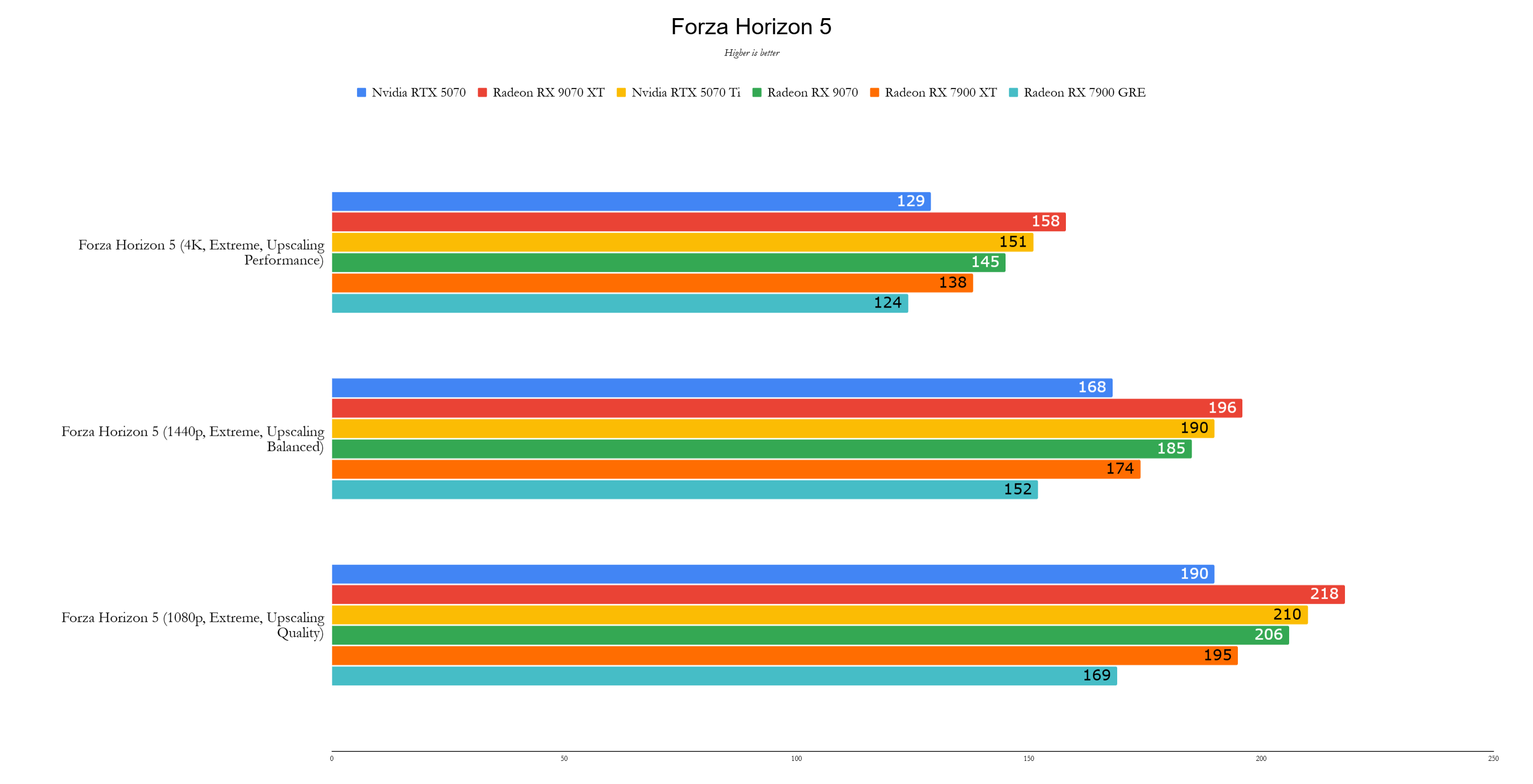
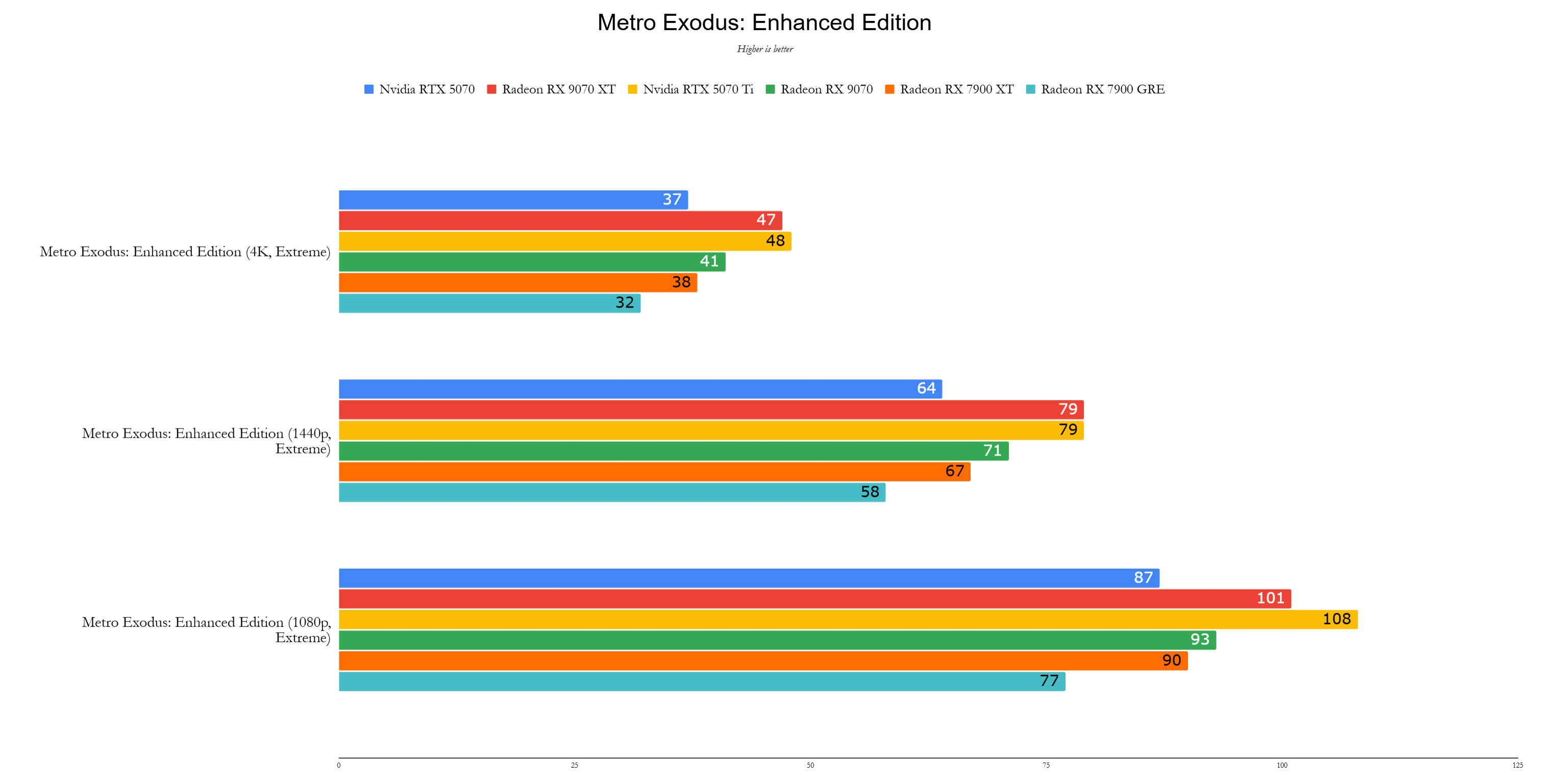
Performance
The AMD Radeon RX 9070 XT delivers outstanding performance for its price, undercutting the Nvidia Geforce RTX 5070 Ti by 21% while being, on average, 2% faster. Despite some games favoring the RTX 5070 Ti, the RX 9070 XT holds its own impressively.
Across a comprehensive test suite, the RX 9070 XT was 17% faster than the RX 7900 XT, which launched at $899 two years ago, and 2% faster than the RTX 5070 Ti. At 4K, the RX 9070 XT shines, maintaining its lead and positioning itself as the best entry-level 4K graphics card, even with ray tracing enabled.
All tests were conducted using the latest drivers available. Nvidia cards were tested with Game Ready Driver 572.60, except for the RTX 5070, which used review drivers. AMD cards were tested on Adrenalin 24.12.1, except for the RX 9070 XT and RX 9070, which used pre-release drivers provided by AMD.
In 3DMark benchmarks, the RX 9070 XT outperformed the RX 7900 XT by 18% in Speed Way, though it lagged 18% behind the RTX 5070 Ti. In Steel Nomad, the performance gap widened, with the RX 9070 XT 26% faster than the RX 7900 XT and 7% ahead of the RTX 5070 Ti.
Test System
CPU: AMD Ryzen 7 9800X3D
Motherboard: Asus ROG Crosshair X870E Hero
RAM: 32GB G.Skill Trident Z5 Neo @ 6,000MHz
SSD: 4TB Samsung 990 Pro
CPU Cooler: Asus ROG Ryujin III 360
In Call of Duty: Black Ops 6, the RX 9070 XT outpaced the RTX 5070 Ti by 15%, while the RX 7900 XT was only 6% behind the new card. In Cyberpunk 2077, traditionally favoring Nvidia, the RTX 5070 Ti led by just 5% over the RX 9070 XT, a narrow margin given the price difference.
Metro Exodus, tested without upscaling at 4K, saw the RX 9070 XT achieve 47 fps, nearly matching the RTX 5070 Ti's 48 fps, and significantly outperforming the RX 7900 XT's 38 fps. In Red Dead Redemption 2, the RX 9070 XT reached 125 fps, outpacing the RTX 5070 Ti's 110 fps and the RX 7900 XT's 106 fps.
However, in Total War: Warhammer 3, the RX 9070 XT fell 13% behind the RTX 5070 Ti, with 76 fps compared to the RTX 5070 Ti's performance. In Assassin's Creed Mirage, the RX 9070 XT regained its lead, achieving 163 fps, surpassing the RTX 5070 Ti's 146 fps and the RX 7900 XT's 150 fps.
A standout performance came in Black Myth Wukong, where the RX 9070 XT reached 70 fps at 4K with the Cinematic Preset and FSR at 40%, compared to the RTX 5070 Ti's 65 fps. The RX 7900 XT managed only 60 fps, highlighting the significant improvements in the RX 9070 XT's Ray Accelerators.
In Forza Horizon 5, the RX 9070 XT achieved 158 fps, a 5% improvement over the RTX 5070 Ti's 151 fps, showcasing its competitive edge.
Announced quietly at CES 2025, the AMD Radeon RX 9070 XT feels like a strategic move to counter Nvidia's Blackwell graphics cards. At $599, it represents a return to sensible pricing in the graphics card market. While it doesn't match the speed of the RTX 5080 or RTX 5090, these cards are overkill for most gamers and come with a much higher price tag.
The Radeon RX 9070 XT harks back to the days of the GTX 1080 Ti, which launched at $699 in 2017 as the fastest consumer card of its time. Though it doesn't claim that title, the RX 9070 XT feels like the first worthy flagship since then.
- ◇ AMD Radeon RX 9060 XT Confirmed: Official Release Announced Jul 09,2025
- ◇ Prebuilt Gaming PCs Featuring AMD Radeon RX 9070 XT from $1350 Sep 20,2025
- ◇ AMD Zen 5 Gaming CPUs Restocked: 9950X3D, 9900X3D, 9800X3D Available Now May 07,2025
- ◇ Top Deals: PS Portal, PS5 Controllers, AMD Ryzen X3D CPUs, iPad Air Apr 28,2025
- ◇ AMD Radeon RX 9070 and 9070 XT: Where to Buy These Phenomenal Graphics Cards May 07,2025
- ◇ AMD Radeon RX 9070 XT Gaming PC Price Slashed by Amazon Apr 07,2025
- ◇ AMD Ryzen 9 9950X3D Review Mar 21,2025
- ◇ The Powerful AMD Zen 5 9950X3D, 9900X3D, and 9800X3D Gaming CPUs Are Now Available Mar 21,2025
- 1 Zenless Zone Zero [ZZZ] Codes (December 2024) – 1.4 Livestream Codes Feb 08,2025
- 2 Capcom Spotlight February 2025 and Monster Hunter Wilds Showcase: Everything Announced Mar 05,2025
- 3 New LEGO Sets for March 2025: Bluey, Harry Potter, and More Mar 06,2025
- 4 "Tower of God: New World Introduces Alphine and Kaiser" Jun 28,2025
- 5 Blazing Conquest: Conquer Lords Mobile on Mac with BlueStacks Air Feb 21,2025
- 6 Get the Newest Apple iPads (Including 2025 Models) For the Lowest Prices of the Year on Amazon May 22,2025
- 7 Gothic 1 Remake Demo: Frame-by-Frame Comparison with Original May 01,2025
- 8 Diablo Immortal's Latest Update: Explore Sharval Wilds in The Writhing Wilds Apr 09,2025
-
Best Racing Games to Play Now
A total of 10
-
Top Business Management Apps for Android
A total of 10
-
Best Competitive Multiplayer Games on Android
A total of 10










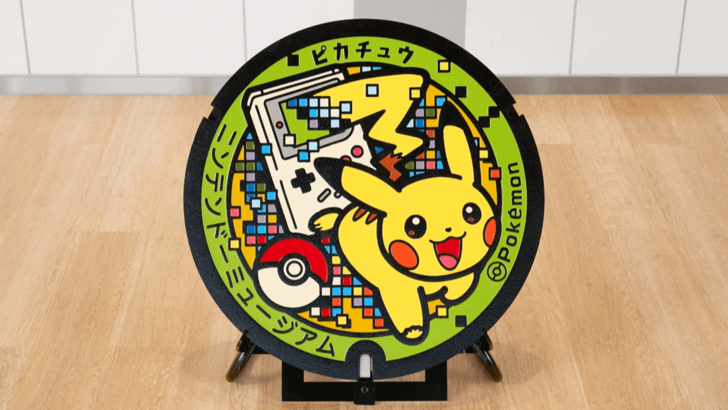


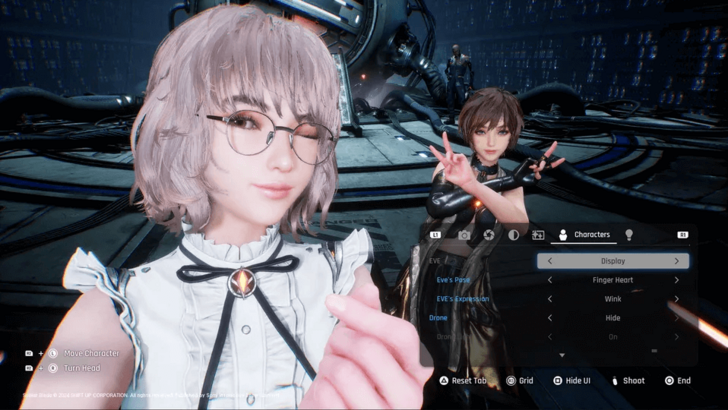



![Business of Loving [v0.12.5i] [Dead End Draws]](https://imgs.96xs.com/uploads/18/1719555107667e5423ef803.jpg)












